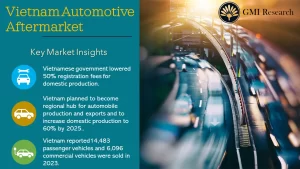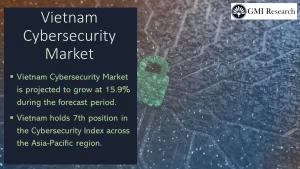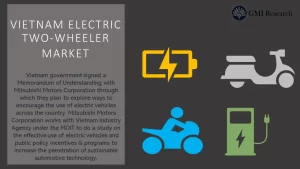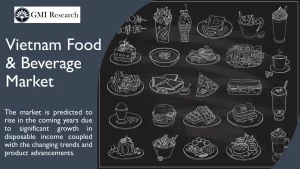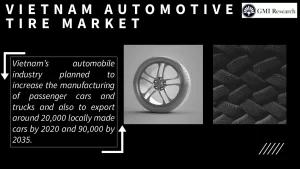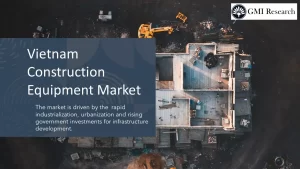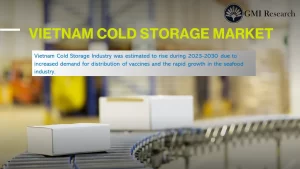No products in the cart.

Ho Chi Minh City

Hai Phong

Can Tho

Hanoi
OVERVIEW
It’s always tricky for businesses to enter a foreign market. Companies with a well thought market entry strategies plan based on market nitty gritty attained through extensive market research coupled with solid execution is the key to achieve success. As every market is different and its characteristics are based on combination of some standard and various local factors at play, there is no size or solutions which fits across markets in various countries.
Our seasoned market analysts and consultants provides intelligence and market insights which becomes the backbone of market entry business plan and guides towards the overall success for our clients.
Founded a decade ago, GMI Research is the world’s leading market research & consulting firms helping our clients across 13 verticals. Over the past decades we analyzed thousands of markets and helped our clients to unveiled growth opportunities not known to them. GMI Research could support you in your business expansion in Vietnam market.
Contact GMI Research for your Vietnam Market Entry Plan
- Total Addressable Market
- Demand Drivers & Entry Barriers
- Growth Outlook
- Government Policies
- Government Incentives
- Competitive Landscape
- Demand Supply Gap Analysis
- Key Success Factors
- Key Risks
- Identification of Key Potential Customers and Suitable Business Partners
After completing market attractiveness study phase, now we know that the market is attractive from the demand point of view, but would it make financial sense to enter into the market, how much investment is required to start a Greenfield facility, would the investment generate expected ROI, what product mix we should have, what distribution channel to go with. Depending on our client’s goals, risk appetite, investment size, we prepare a full-fledge business plan which includes products and services, financial planning, marketing strategy and analysis, financial planning, and a budget.
Vendor Selection: Identify raw material suppliers, service providers, logistics companies etc.
Company Formulation & Regulatory Compliance: Saudi Arabia Entity Incorporation – from name approval of new business entity to regulatory approvals (such as VAT, import/export number, Tax etc.) to opening of bank accounts.
M&A & JV activities: Target identification and support on deal structuring.
Greenfield Setup: Setup From selection of plant location to project management, to hire right C level executives, to statutory approval consent for operation from state and central government bodies etc.
Vendor Selection: Identify raw material suppliers, service providers, logistics companies etc.
Company Formulation & Regulatory Compliance: Suadi Entity Incorporation – from name approval of new business entity to regulatory approvals (such as PAN, TAN, import/export number, tax etc.) to opening of bank accounts.
M&A & JV activities: Target identification and support on deal structuring
Greenfield Setup: From selection of plant location to project management, to hire right C level executives, to statutory approval consent for operation from state and central government bodies etc.
We Serve our clients across various industries with particularly deep experience in the following industries

Information Communication & Technology
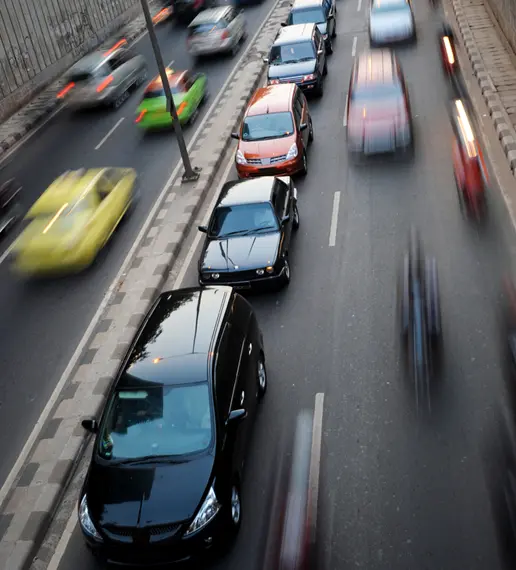
Automotive & Transportation
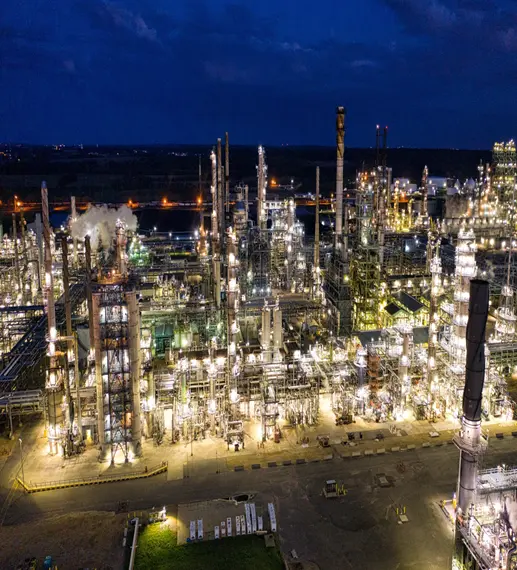
Chemical & Materials

Food & Beverages
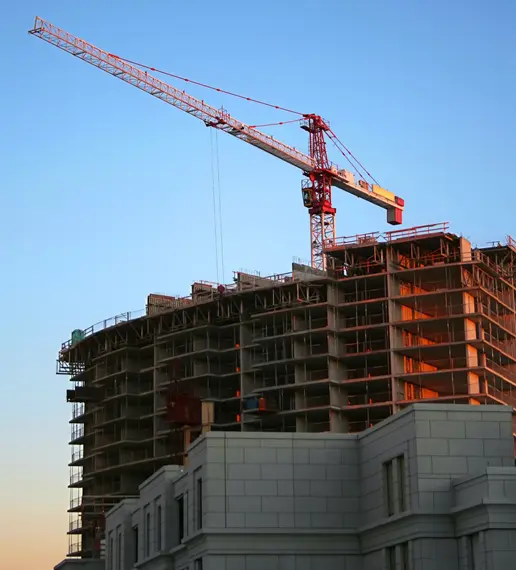
Building & Construction

Agriculture
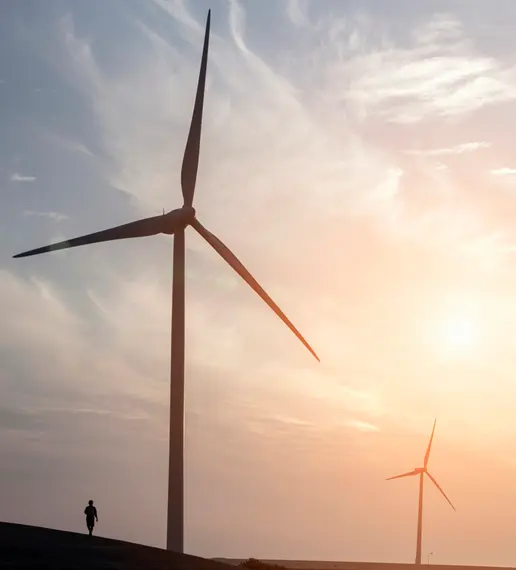
Energy & Power

Aerospace & Defense
Contact GMI Research for your Vietnam Market Entry Plan

Why Vietnam Should be on your Market Expansion Radar?
The population of Vietnam reached nearly 96.5 million individuals in 2019, with a labor force of nearly 55.8 million people aged 15 and above nationwide. Vietnam’s economy exhibited the fastest growth in Asia this year with a great labor force, indicating momentum just before potential risks from a global economic slowdown started to materialize. It accomplished Asia’s fastest economic growth in 2022, with GDP growth of 8.02%, signaling momentum toward recovery. The major driver of this growth was the manufacturing sector, which extended by 8.1% during the year, supported by a robust development in services. Vietnam’s growing successes can be attributed to its well-established trading corridors and forward-looking trading policies. The country attracts FDI from 100 countries globally, with a particular emphasis on the intra-Asian trading corridor. Top investors such as South Korea, Singapore, and Japan contributed significantly, accounting for 58% of total FDI in 2022. Whereas, according to Ministry of Planning and Investment, overseeing foreign investments, Vietnam attracted USD 241.6 billion in FDI from 1988 through 2021.
In terms of exports, the US has become Vietnam’s largest export market, followed by China and the Eurozone. Businesses functioning in Vietnam now have admittance of 55 markets around the globe, including 15 within the G20. The increasing disposable incomes and growing consumer brand awareness in Vietnam have spurred demand for retail products. however, the demand for imported customer goods and services remains concentrated in larger cities like Ho Chi Ming City, and Hanoi, where incomes are increasingly higher than the national average. Nearly a third of Vietnam’s exports find their destination in the United States, underlining the significant trade relationship. Meanwhile, China stands as the largest supplier of materials for Vietnamese producers, ranging from machinery to materials used in garment production. Whereas, Vietnam formally promoted its relationship with the US in September, transitioning to a ‘comprehensive strategic partnership’ a diplomatic status previously held by select nations including China and India. In the same month, the U.S. announced a partnership to help Vietnam in developing its emerging semiconductor industry.
Read More
In addition, Vietnam is a member of the Regional Comprehensive Economic Partnership, a free-trade agreement initiated by China, and is now three years old. Additionally, the trend of major electronics producers relocating some production from the Chinese mainland to Vietnam has been ongoing for about a decade, and in the present period, this shift has increased. In 2022, the electronics industry has made a substantial contribution, accounting for 32% of all exports, which is nearly twice the contribution from a decade ago. As of June 2022, the sector delivered employment for 1.3 million workers.
Vietnam has become an attractive destination for Apple suppliers, such as Pegatron Corp., and Luxshare Precision Industry Co. due to its combination of low labor costs, developing infrastructure, and an expanding portfolio of trade agreements. For instance, the construction of a $ 1 billion Foxconn Technology Group factory complex in northern Vietnam, which will produce Apple Inc. MacBooks. Around GoerTek Inc., Cau River, a Chinese company specializing in AirPods production, is establishing a plant surrounded by banana trees, grazing buffalo, and lotus ponds. Moreover, during the trade tensions between Beijing and Washington, American companies looking for alternative suppliers contributed to the growing share of U.S. trade with countries such as Vietnam and Mexico. Vietnam is predicted to surpass Britain this year among the U.S.’s top seven goods trading partners, with its share of U.S. merchandise trade growing to 2.7%, as per Census Bureau data. Vietnam entered the bureau’s top-15 list in 2019 and has steadily climbed, concluding last year at the 10th position. However, Vietnam’s role as a connector economy has attained significant momentum in the years following the imposition of tariffs on Chinese goods by the former U.S. President Donald Trump, coupled with the heightened scrutiny of supply chains due to the pandemic.
Vietnam’s combination of abundant and cost-effective engineering talent, along with a rapidly rising economy, positions it as an appealing hub for startups. The number of startups in the country almost doubled from the start of the pandemic through mid-2022, as reported by KFMG International Ltd. And HSBC Holdings PLf during July. In 2021, Vietnam fascinated a record $2.6 billion through 233 private deals, a significant rise from the $700 million introduced via 140 deals the previous year, according to a report by Temasek Holdings Pte, Google, and Bain & Co. Key industries in Vietnam encompass manufacturing, infrastructure, tobacco, food, retail, and agriculture. Manufacturing segments in the country include garments, textiles, electronics, and furniture, with concentrations around Southeast Vietnam and the Red River Delta around the northeast. While Hanoi and Ho Chi Minh City have traditionally been crucial industrial centers, provinces including Hai Phong, Binh Duong, Bac Ninh, and Dong Nai are also witnessing an increasing presence of MNCs. Whereas, Vietnam’s monthly production output includes over 400 million cigarette packs, more than 300 million ready-made garments, 17.2 million mobile phones, and millions of square meters of polyester.
Vietnam automotive industry has witnessed consistent growth, assisted by proactive government initiatives. These include incentives such as tax benefits for local production, investments in infrastructure, and import tariffs on foreign cars to foster industry development. In addition, with the region’s lowest car ownership rate, coupled with advantages from prevailing and potential free trade agreements, the ongoing US-China trade tensions, and successful COVID-19 containment measures, Vietnam’s automotive sector is predicted to rapid expansion. Despite the lower car ownership rate of 23 cars per 1,000 people, which is one-tenth of Thailand and one-twentieth of Malaysia, Vietnam’s auto market exhibits the second-highest-ever car sales, surpassing 600,000 units. These contrasting figures highlight both challenges and opportunities for investors in Vietnam’s dynamic automotive industry.
Additionally, most Vietnam’s auto parts and accessories market relies on imports from Asian nations such as China, Korea, Japan, and Thailand. Whereas Korea registers the market as the largest contributor, constituting nearly 26% of the country’s total import turnover for this product category. As per the Department of Industry under the Ministry of Industry and Trade, there are 377 automobile enterprises in Vietnam, with 169 being foreign direct investment enterprises, constituting 46.63%. The automotive industry has a limited number of producers and suppliers, totaling 1221 products, mainly comprising supporting industry products with medium to low technological content. These products hold a smaller value share in the overall automobile value structure.
The EU-Vietnam Free Trade Agreement, effective since August 1, 2020, has positively influenced Vietnam’s automotive industry outlook. The ratified agreement is predicted to lower the cost of imported cars from Europe, offering increased opportunities for Vietnamese car exporters to access the European market. Notably, cars produced and assembled in Vietnam meeting specified localization rates can benefit from a 0% export tax. With Europe boasting over 15.8 million new car registrations in 2019, it represents a highly attractive market for the Vietnamese automotive sector.
Vietnam Construction industry is witnessing significant growth, propelled by economic recovery and substantial government investments in infrastructure. The focus on industrial facility development has led to a heightened demand for high-quality construction equipment to meet these evolving requirements. Ongoing government reforms contributing to the robust growth of Vietnam’s construction industry have also attracted increased foreign investments. The Vietnamese housing market has observed remarkable expansion, evidenced by swift sell-outs of new residential building shortly after their release. Presently, the demand for residential properties surpasses the available supply in Vietnam. Beyond the capital city of Hanoi, high-rise apartment buildings are becoming more popular, and Ho Chi Minh City is formulating plans to develop the proportion of rental housing over the next 30 years.
Vietnamese construction companies are broadening their services by venturing into real estate, renewable energy projects, and hydropower, diversifying their portfolios. This strategic expansion focuses on fostering the industry’s complete revenue and maintaining the appeal for investments in the country. The ongoing growth of Vietnam’s construction industry is predicted, propelled in part by the government’s sustained commitment to infrastructure development projects. The country’s aim of developing the quality of life for its population and embracing sustainable solutions further contributes to the industry’s positive growth. Additionally, the Government of Vietnam, with its road development plan for 2021-2030 adopted in September 2021, focuses on significantly developing the country’s infrastructure. By 2030, the plan envisions expanding expressways to approximately 5,000 kms, up from 3,841 kms in 2021. Moreover, there are targets to build 172 national highway routes covering 29,795 kms, a considerable rise from 5,474 kms in 2021. The plan also includes the construction of 3,034 kms of coastal roads, linking 28 cities and provinces. As of the third quarter of 2022, different significant building projects have been initiated in Vietnam to support these infrastructure objectives.
Food and Beverage industry in Vietnam is driven by the growing disposable income, increasing population, and evolving customer trends. The robust demand is reflected in the country’s economic performance, with Vietnam accomplishing a GDP of $388 billion in 2022, and witnessing a significant growth rate of 8.02%. In addition, the food processing and manufacturing industry in Vietnam expanded by 8.8% during the same year, as reported by the Ministry of Industry and Trade. The sector comprises over 8,500 recorded companies, and the annual demand for food ingredients exceeds 120 million tons in the thriving food processing segment.
In addition, as Generation Z steps into adulthood, their inclination toward trends and a willingness to invest in dining-out experiences is propelling the growth of Vietnam’s Food and Beverage Industry. According to the UN Population Fund report, nearly 100 million individuals, constituting 25% of Vietnam’s population in 2023, fall within the age group of 16-30, while 22% are under 14. This demographic profile positions Vietnam as an exceptionally youthful nation. Furthermore, this generation, known for its environmental awareness, is playing a significant role in shaping F&B market trends in Vietnam.
Vietnam’s robust economic growth positions it as one of Asia’s fastest-growing energy markets. Presently, the country heavily reliant on coat-fired power, constituting 34% of power production, and hydropower at 30%. However, identifying the need for a diversified energy mix to meet the growing demand and propel a greener and more stable power system, Vietnam is actively pursuing strategic initiatives in the Vietnam energy sector. The challenges predicted by climate change and pollution have encouraged the Vietnamese government to initiate reforms in the power sector, focusing on a smooth transition to a renewable energy system. This strategic shift not only addresses environmental concerns but also contributes to mitigating climate impacts. The transition to renewable energy is viewed as an important step to confirm energy security and meet the growing power demand, assisting business activities, industrial development, and economic growth in Vietnam.
Vietnam has set targets for greenhouse gas emission reduction, focusing on a 9% deduction with domestic capacities and a 27% reduction with international support. These goals, outlined in the updated nationally determined contribution, exceed the original contribution. In the energy sector, there is a substantial reduction planned for coal-fired power, while renewable power is predicted to constitute 15-20% of Vietnam’s power supply by 2030 and a more significant 80-85% by 2050, presenting a strong commitment to sustainable energy sources.
In addition, the National Energy Master Plan in Vietnam is designed to accomplish several critical aims. Its focus to confirm national energy security, decrease carbon emissions in alignment with Vietnam’s commitment to accomplishing net zero by 2050, and establish an independent and self-sufficient Vietnam energy industry. The plan envisions an insight where Vietnam introduces sufficient energy to support an economy increasing at a rate of 7% per annum up to 2030 and 6.5-7.5% between 2031 and 2050. Predicting the energy demand, the NEMP predicts that by 2030. Vietnam’s total energy demand will reach 107 million tonnes of oil equivalent, and it is predicted to rise to 165-184 million tonnes of oil equivalent by 2050. To surpass these estimates, Vietnam focuses on securing an energy supply equivalent to 155 million tonnes of oil by 2030 and an even more substantial supply varying from 294 million to 311 million tonnes of oil equivalent by 2050, reflecting the country’s commitment to a resilient and robust energy future.
Vietnam possesses abundant mineral resources, yet a significant portion remains undiscovered due to the limitations of prevailing technologies. With the increasing influx of FDI facilitated by agreements like the Comprehensive and Progressive Trans-Pacific Partnership and the EU-Vietnam Free Trade Agreement, there is a prediction of the introduction of new mining methods and improved technologies to the mining sector in Vietnam. This is predicted to yield benefits in terms of enhanced exploration, processing, and mining of minerals. The adoption of modern technology holds the potential to unlock and develop minerals in deeper surface deposits, contributing to the whole development of the Vietnam mining industry. The adoption of modern technological exploration and mining methods in Vietnam aligns with the government’s commitments under COP26, contributing to environmental sustainability. State-of-the-art technologies in recycling, processing, and refining base metal resources are predicted to play an important role in decreasing carbon dioxide emissions in the mining sector.
According to the General Statistics Office of Vietnam, the mining and quarrying sector employed 197,000 people in 2019, constituting 0.36% of the country’s total labor force. This is a slight decrease from 198,700 individuals employed in the sector in 2018. The integration of improved technologies not only develops environmental sustainability but also holds the potential to optimize the sector’s effectiveness and productivity. Additionally, Vietnam has set a goal for its mining and mineral processing industry by 2045. The objective is to establish an improved and modern sector that aligns with a circular economy model, contributing to a green economy comparable to developed nations in Asia. As part of this strategy, Vietnam aims to discover a variety of minerals, including uranium, coal, rare earth, titanium-zircon, apatite, nickel, copper, glass sand, bauxite, tin, and many others by 2045. The emphasis is on balancing exploitation with the establishment of national mineral reserves, specifically for strategic, and large-scale minerals, confirming sustainable and responsible resource management.

